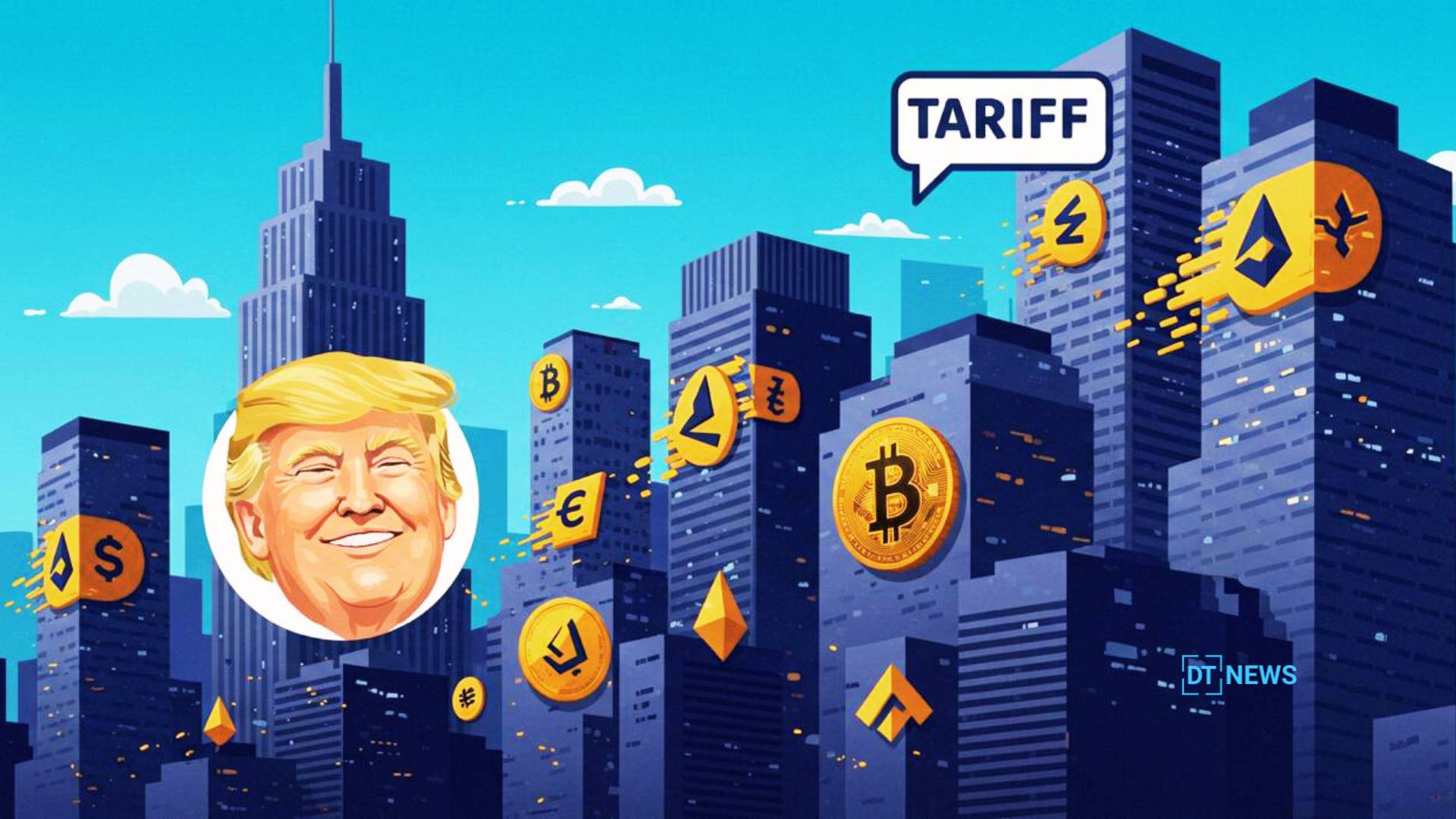According to latest reports, President Donald Trump’s recent proposal to send part of U.S. tariff revenue to citizens as direct payments has got the financial markets buzzing. While still hypothetical, analysts say such tariff stimulus could inject fresh capital into crypto and spark a liquidity-driven rally.
While Bitcoin again broke to an ATH of $126K with ETF inflows and dollar weakness, analysts believe it could absorb some of that favour.
How Tariff Funds Could Flow into Crypto Liquidity
Trump suggested sending $1,000 to $2,000 to every American, funded by tariff revenues, in a recent interview, and while debt and obligations would be prioritized, some funds would be disbursed to individuals. Analysts from Bitfinex told Forbes they think even the announcement could drive crypto prices up.

The mechanism is simply a redistribution of already collected revenue into household liquidity. Recipients might allocate a portion of these checks towards investment assets, including cryptocurrencies.
During the COVID era, stimulus rounds of up to $3,200 per person, some estimates suggest some funds flowed into crypto and stocks.
Also read: Bitcoin vs Tariffs: Can BTC Still Claim the Safe-Haven Crown
Comparing to COVID Stimulus Precedent
In 2020-21 stimulus checks of up to $3,200 per individual were sent out and some of that capital flowed into stocks and cryptocurrency. Sources estimates if recipients had invested the stimulus into Bitcoin immediately, returns would have been higher.
Some economists however argue the relative impact of those checks on Bitcoin price was small. Peter Zimmerman of the Federal Reserve Bank of Cleveland estimated stimulus raised trade volume by 3.8% and Bitcoin price by about 0.07%. If the tariff stimulus is smaller or less broad, its effect may be even smaller than the pandemic stimulus era.
Current Catalysts and Crypto Context
Bitcoin is already at new highs, having broken above $126,000 with strong ETF demand and macro momentum. The dollar is weakening and becoming less attractive. Global markets are digesting risk and crypto is seen as an alternative asset.
Crypto platforms are already seeing speculative anticipation. Binance published a note saying Trump’s dividend proposal could
“inject new liquidity into the cryptocurrency market, similar to the stimulus checks issued during the 2020-21 pandemic”.
Analysts also think the tariff stimulus could push households to take more risk and altcoin exposure if those payments ease financial constraints.

In short, the tariff stimulus crypto narrative aligns with the existing bullish momentum and could amplify inflows.
Also read: US Crypto Tax Hearing 2025: Senate to Debate Bitcoin Rules, Small Payments, on Oct 1
Conclusion
Based on the latest research, the tariff stimulus idea is about converting redistributable revenue into fresh liquidity that flows into Bitcoin and altcoins. While it builds on COVID precedent and current momentum, it has execution risks.
Only if the payments are big, timely and flow into investment channels will this be a catalyst. Until then it’s an interesting but unproven hypothesis.
For in-depth analysis and the latest trends in the crypto space, our platform offers expert content regularly.
Summary
Trump’s proposed tariff stimulus of $1,000 to $2,000 per person, could put capital into crypto and amplify the current Bitcoin momentum, according to experts. The effect depends on scale, execution and investor behavior. If it happens, it could be a liquidity catalyst but it’s still just a proposal.
Glossary
Tariff stimulus – Government payments funded by tariffs, to redistribute revenue to citizens.
Liquidity injection – Capital entering the system that can fuel asset purchases.
Retail inflows – Capital from individual investors (not institutions) entering a market.
Risk asset – An asset (like crypto) whose value is dependent on market sentiment and capital availability.
Consumption vs investment – How recipients use payments, either spend or invest.
Frequently Asked Questions About Trump’s Tariff Stimulus
Has a stimulus check ever lifted crypto markets before?
Yes; during the COVID era, stimulus checks coincided with inflows into stocks and crypto, though impact varied.
How much stimulus would matter?
It would need to be big, broad and prompt recipients to allocate funds towards crypto rather than basic needs.
Could this fail entirely?
If payments are delayed, limited or used for non-investment purposes, crypto gains would be minimal.
How soon would effects be seen if it passes?
Effects would show up within weeks of payments hitting accounts, especially if markets absorb retail capital quickly.



















































































































